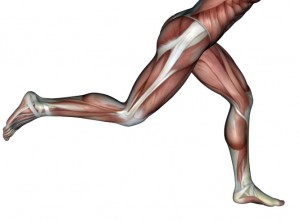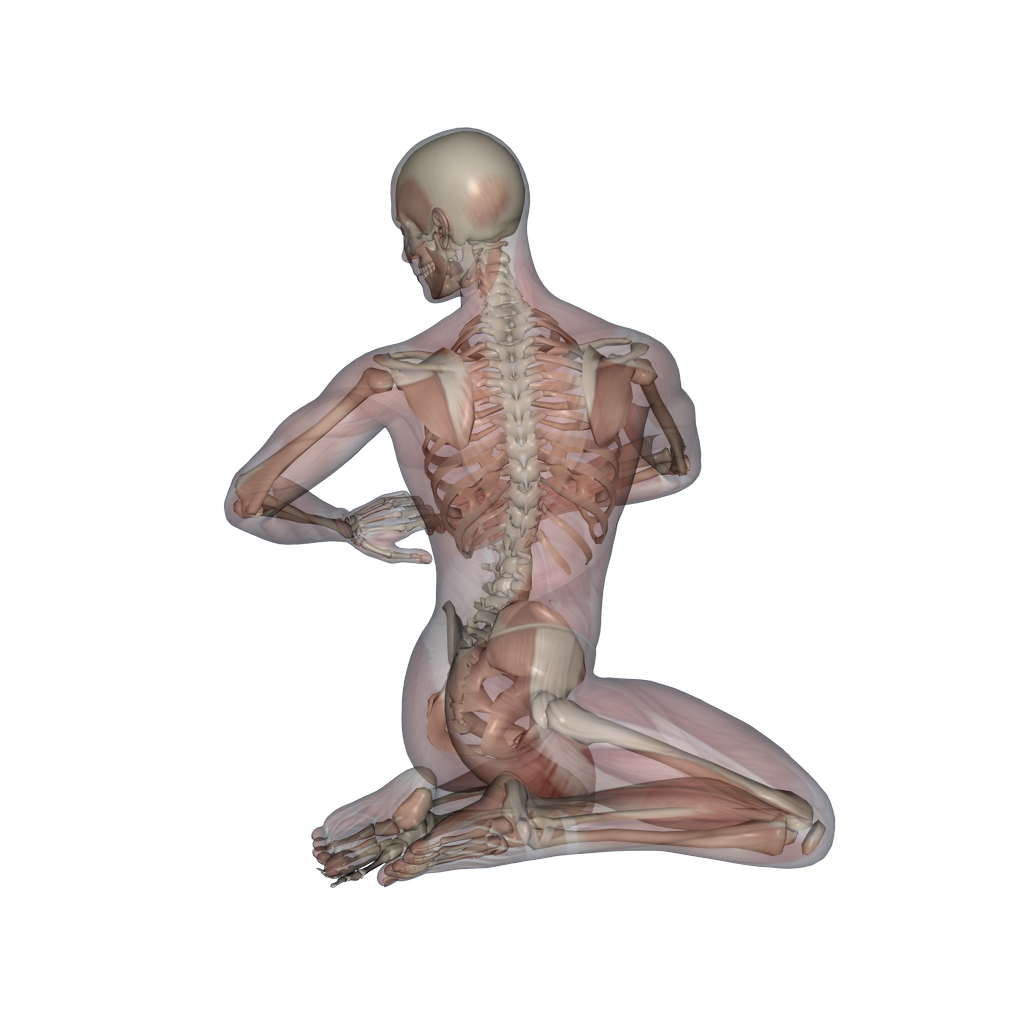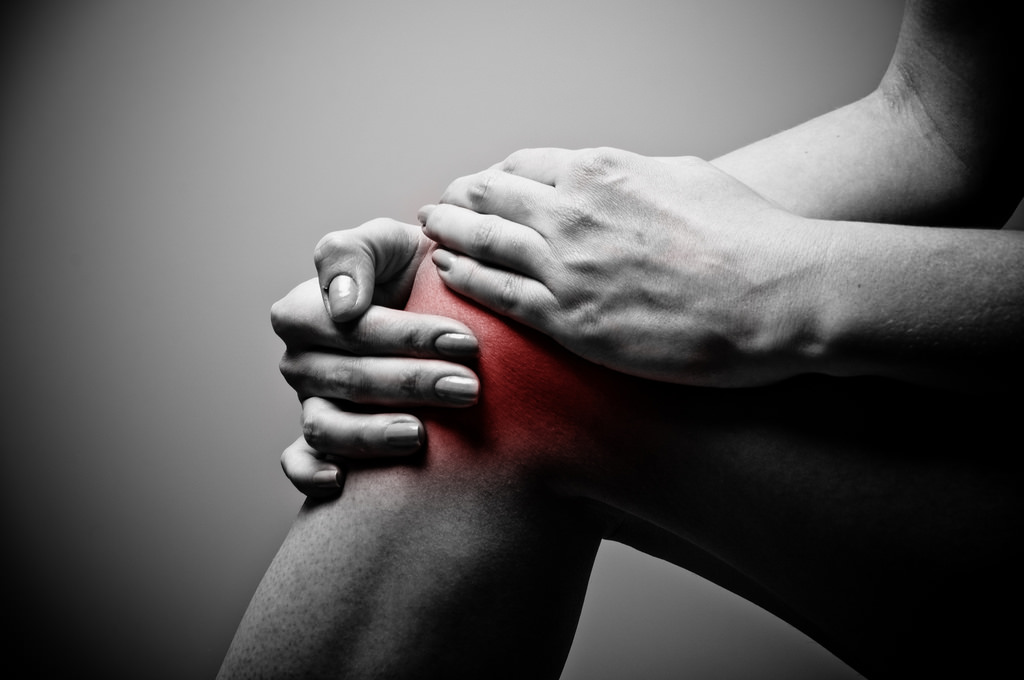Iliotibial band stores and releases elastic energy during running
A study published in Journal of Experimental Biology and the Journal of Biomechanics, May 2015, examined how the iliotibial band stores and releases elastic energy to make walking and running more efficient.
“We found that the human IT band has the capacity to store 15 to 20 times more elastic energy per body mass than its much-less-developed precursor structure in a chimp,” “We looked at the IT band’s capacity to store energy during running, and we found its energy-storage capacity is substantially greater during running than walking, and that’s partly because running is a much springier gait. We don’t know whether the IT band evolved for running or walking; it could have evolved for walking and later evolved to play a larger role in running.”
The notion that the IT band acts as a spring to aid in locomotion runs counter to the decades-old belief that its primary function is to stabilize the hip during walking.
“Unlike many clinicians and anatomists, we use the lens of evolution to think about how humans are adapted not just for walking, but also for running, so we look at the IT band from a totally different perspective,” Lieberman said. “When we looked at the difference between a chimp and a human, we saw this big elastic band, and the immediate idea that leapt out at us was that the IT band looked like another elastic structure, like the Achilles tendon, that might be important in saving energy during locomotion, especially running.”
To understand what role the IT band plays in locomotion, the researchers developed a computer model to estimate how much it stretched ― and by extension, how much energy it stored — during walking and running.
One part of the IT band stretches as the limb swings backward, Eng explained, storing elastic energy. That stored energy is then released as the leg swings forward during a stride, potentially resulting in energy savings.
“It’s like recycling energy,” Eng said. “Replacing muscles with these passive rubber bands makes moving more economical. There are a lot of unique features in human limbs — like long legs and large joints — that are adaptations for bipedal locomotion, and the IT band just stood out as something that could potentially play a role in making running and possibly even walking more economical.”
From: http://news.harvard.edu/gazette/story/2015/08/understanding-the-it-band/
Carla Stecco defined Iliotibial Tract (ITT) as a whole fascial stocking completely encircling the thigh and is extensively connected to the lateral intermuscular septum and anchored to the lower part of the femur. The action of the ITT and its associated muscles is to flex and abduct the hip. In addition, the ITT contributes to lateral knee stabilization. The ITT also serves as a distal tendon insertion for the tensor fasciae latae and gluteus maximus muscles. Distally, the ITT is attached to the lateral condyle of the tibia and gives an oblique myofascial expansion that passes under the patella, contributing to the formation of the anterior knee retinaculum.


